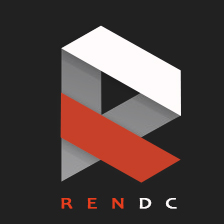81⟩ How do you test a gas to see if it was hydrogen?
You first must collect it. This can be done by piping it through a tube, which comes out under a bowl of water with an upside down test tube above it. Now after collecting the gas cork it.
Remove the cork and put in a light splint. If it is hydrogen, it will burn with a squeaky pop.


